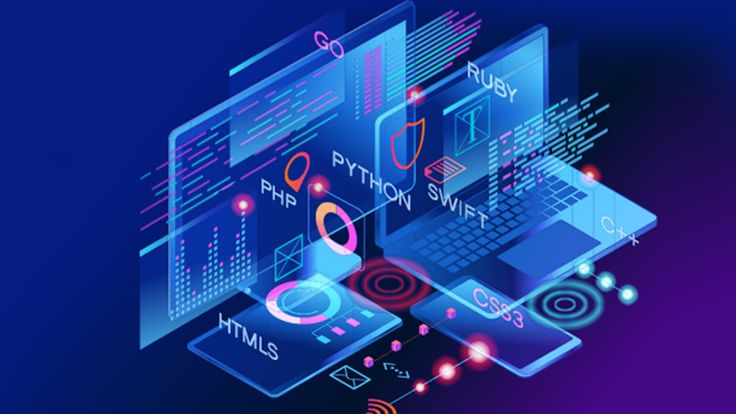Imagine a symphony orchestra where instruments play different sounds—violins, trumpets, and drums—each distinct, yet together creating harmony. In the same way, multi-modal interfaces bring voice, gesture, and vision into full-stack applications, blending them into seamless experiences. Instead of relying only on clicks and taps, users engage with apps as if having a natural conversation, waving, speaking, or even being recognised visually.
This evolution transforms applications into immersive environments. Designing such interfaces requires full-stack developers to think not just as coders, but as conductors orchestrating diverse modes of communication.
Voice: The Dialogue Between Human and Machine
Voice interfaces act as the spoken dialogue of an app. They allow users to issue commands or ask questions, much like speaking to an assistant. From voice-enabled banking to smart home systems, speech is becoming central to human-computer interaction.
But integrating voice goes beyond transcription. Developers must consider tone, context, and intent. Natural language processing ensures that when a user says “Turn on the lights,” the system understands not just the words but the meaning.
Learners exploring a full-stack developer course in Chennai are often introduced to voice-driven APIs and frameworks early, building a foundation to create applications that can truly “listen” to their users.
Gesture: The Silent Language of Apps
Gestures are like the body language of digital interaction. A swipe, a wave, or a pinch communicates intent without words. In gaming, healthcare, and AR/VR platforms, gestures enable hands-free control, making experiences more intuitive and immersive.
For developers, the challenge lies in accuracy. Motion sensors and cameras must translate subtle human movements into reliable commands. Designing for gestures requires not just coding skills but empathy for how people naturally move and express themselves.
This silent language adds depth to apps, ensuring that users don’t always need to speak or touch to be understood.
Vision: Recognition as Understanding
Vision-based interaction is like giving apps eyes. From facial recognition in smartphones to computer vision systems in retail checkout, visual input allows systems to “see” and respond.
For developers, this means integrating machine learning models and computer vision APIs into the backend and frontend alike. Security, accessibility, and accuracy become central concerns—apps must distinguish between friendly gestures, unfamiliar users, or suspicious behaviour.
Professional programmes such as a full-stack developer course in Chennai often highlight vision technologies, helping learners integrate tools like OpenCV or TensorFlow to create apps that don’t just function but also observe and react.
The Challenge of Harmony
While each mode—voice, gesture, and vision—offers unique advantages, their true strength lies in harmony. A multi-modal app should allow users to switch between methods effortlessly. Imagine adjusting music volume by saying “lower the sound,” waving to skip a track, or simply letting facial recognition confirm the user’s identity—all within one interface.
However, achieving this harmony demands careful planning. Developers must ensure consistency across modes, minimise conflicts, and create fallback options when one mode fails. Testing becomes critical, as real-world conditions—background noise, dim lighting, or misread gestures—can affect usability.
Conclusion
Multi-modal interfaces represent the next stage in human-computer interaction, where applications move beyond clicks to embrace conversation, movement, and vision. For developers, they are less about isolated features and more about weaving together multiple forms of communication into one cohesive design.
By combining technical skills with empathy for users, full-stack teams can build apps that feel natural, responsive, and immersive. Like a symphony, the success of multi-modal interfaces lies not in the power of each instrument alone but in how they harmonise to create an experience greater than the sum of its parts.

